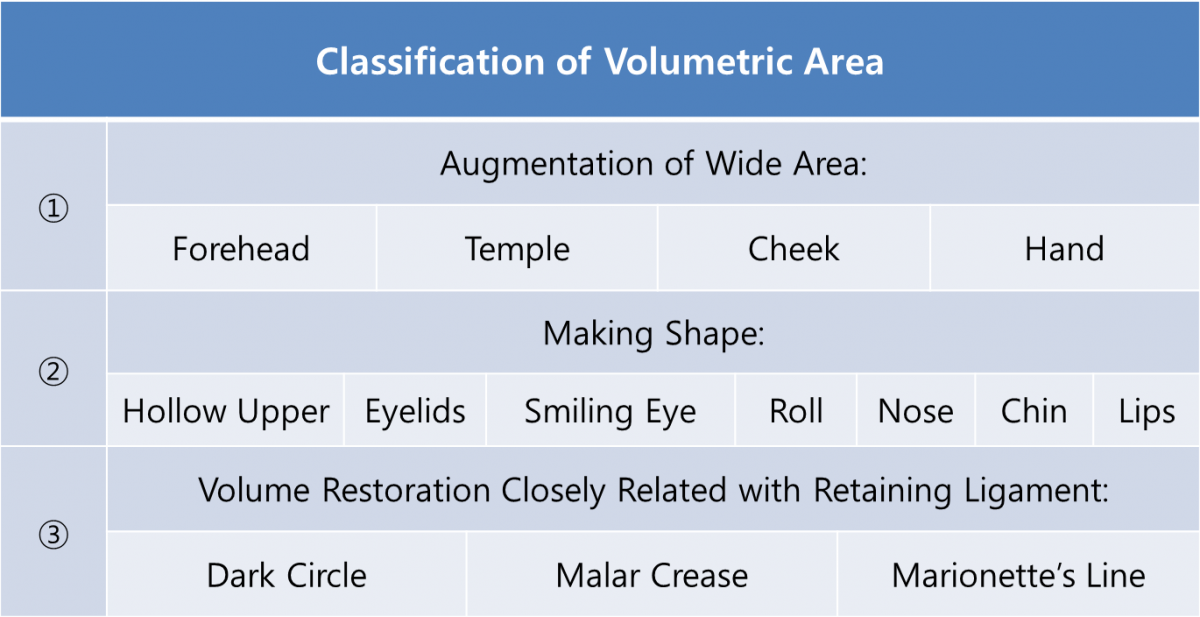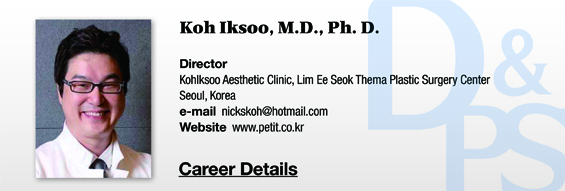
Table 1. Classification of dermal filler procedures.
Malar creases and nasolabial folds
Malar crease correction may be a bit more complicated. However, if the doctor is able to correct the dark circles, which require a great deal of precision, malar creases may not be such a big challenge. It is not easy to determine the perfect amount of filler to be injected into the under-eye area as a slight excess may cause lumps or translucence, whereas not enough may fail to bring improvement. On the other hand, the skin around the malar creases and nasolabial folds are tough and are pulled inward, making it very difficult to correct them. The skin around this area are heavier and tougher compared to other areas of the face.
Nasolabial folds are one of the most common areas of correction. I believe that is why this area causes the biggest challenge for less experienced doctors. Even with a large amount of dermal filler, the change is minimal and too much filler could cause unwanted lumps. If you can effectively correct nasolabial folds with dermal filler injections, you can call yourself a master of dermal filler injections.
[Advertisement] A-One LITE(Facial Diagnosys System) – Manufacturer: BOMTECH(www.bomtech.net)
Whenever someone asks me about the effects of filler, I ask if that person has experience performing nasolabial fold correction with dermal filler. If he/she answers that nasolabial folds are not that difficult, I believe that person will not be able to master the necessary skills for this procedure. In the area of nasolabial folds, thick and hard tissues are supported by the retaining ligament. In this structure, it is very difficult to lift the tissue and maintain the lift. If a doctor believes that it is easy to correct nasolabial folds with dermal filler, it is likely that he/she has not fully understood the complexity of this procedure and has not analyzed the anatomy.
Koreans particularly have tough skin around the nasolabial folds compared to other races and require more caution on the doctor’s part. If the goal is simple volumization, it would be much easier. However, if the volume is to be maintained over long-term, much research and experience are needed. Moreover, one cannot be too careful as this area is also susceptible to the complications of vascular obstruction. One has to be able to manipulate tough and thick skin, maintain the effect, avoid complications and resolve the patient’s complaints. Fortunately, it is not impossible to be successful with nasolabial fold correction if you invest in research and improving techniques. Over 80% of the knowledge and skills required for a successful nasolabial fold correction can be achieved.
-To be continued





















